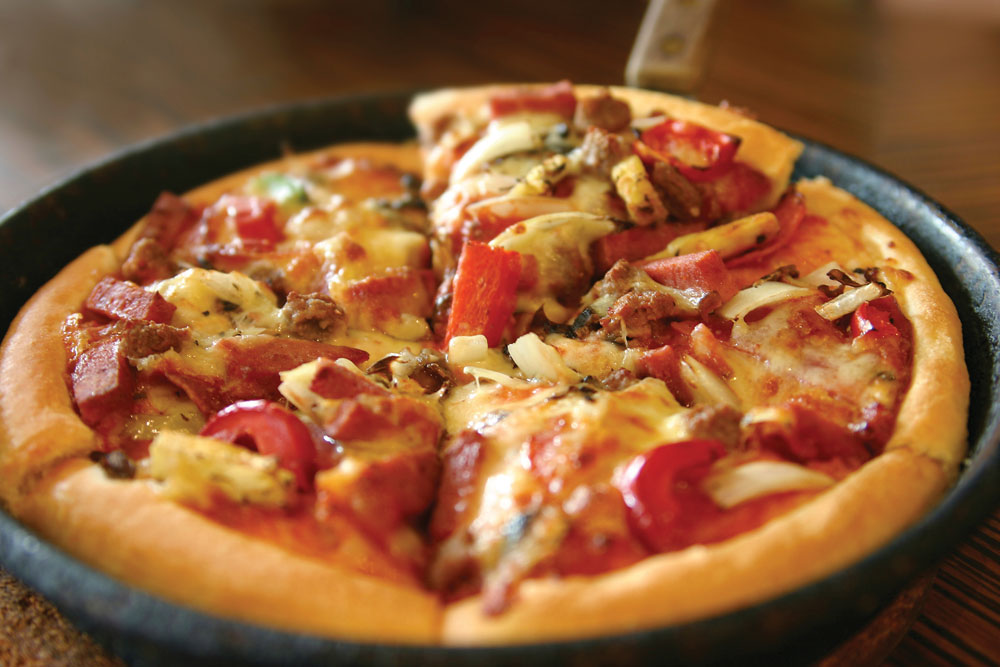Question:
What are the keys to taking care of seasoned pans?
Answer:
Pans come in two basic colors—bright finish and dark (green, gray or black)—and in two types of metal: steel and aluminum. Today we’ll talk about seasoning steel pans, and we’ll consider aluminum pans in my next column.
Bright finish. Bright-finish steel pans must be seasoned. This can be done by wiping oil on the interior and exterior surfaces of the pan and placing it in an oven at about 425°F to polymerize the oil. Seasoning is essential before using this particular pan, because it allows for improved dough release from the pan after baking, and the dark color boosts heat absorption during baking, imparting a superior bake compared to a bright/silvery finish.
Made of pressed steel, these pans are quite durable, but they’re also prone to rusting with improper care. The applied seasoning may also change in color, going from the initial light amber color to dark black after extended use. During this period of adjustment, you may see a difference in the way a pizza bakes until the pan color settles down at a fairly dark hue. The applied seasoning itself can also be an issue; it’s easily damaged by the use of a knife or spatula when removing the baked pizza from the pan. Also, allowing the pan to soak in hot, soapy water can loosen the seasoning, so take extreme care when washing these pans. Instead of soaking, just dip the pan in soapy water, scrub gently with a soft plastic-bristle brush, rinse and sanitize. Finish by wiping it dry with a clean towel and force-drying it in a warm oven for a few minutes.
If you don’t follow these directions for washing a seasoned pan, the seasoning could peel off like skin with a bad sunburn, and you’ll need to strip all of the remaining seasoning from the pan and start over again. Worse, you may get stuck with an assortment of pans ranging from almost bright and shiny to dark (well-seasoned) in color—and the baking variations that accompany the differences in pan color.
Additionally, the dark color is nothing more than carbonized oil, and carbon has been said to be a potential carcinogen. So, if any seasoning goes missing from a pan, a health inspector may assume that a customer has consumed it as part of the pizza. The inspector may order you to remove all of the seasoning from all of your pans before they can be reused. Worse, the seasoning on these pans, if not regularly used, can turn rancid, affecting a pie’s flavor.
Factory-applied, dark finish. Steel pans are available with a factory-applied, dark-color (usually green or gray) finish. Be aware that this is not a nonstick finish; it’s only a color finish intended to improve the pan’s baking properties. These pans still need to be oiled to achieve a nonstick release from the pan, but, if necessary, they can be soaked for a short time as part of the washing cycle without fear of damage to the seasoning. However, you’ll still need to dry these pans promptly to prevent rusting.













